Understanding the Concept of Sliding Partition Walls
What is a Sliding Partition Wall?
A sliding partition wall is a flexible and innovative solution for dividing interior spaces. Unlike traditional walls that are fixed and immovable, sliding partition walls can be opened or closed, allowing for dynamic modifications to a room’s layout. These systems commonly utilize a track mechanism mounted either on the ceiling or the wall, enabling panels to glide seamlessly. This adaptability is particularly beneficial in environments that require frequent reconfiguration, such as offices, hotels, or event spaces.
Benefits of Using Sliding Partition Walls
Sliding partition walls offer numerous advantages, which make them a popular choice for both residential and commercial spaces:
- Space Optimization: They allow you to utilize available space more efficiently by creating privacy when needed while maintaining an open layout when desired.
- Flexibility: Sliding partitions can be easily moved or adjusted according to the user’s needs, making them ideal for multipurpose rooms.
- Cost-Effective: Compared to permanent constructions, sliding partition systems are less expensive to install and remove, contributing to lower renovation costs.
- Design Versatility: Available in various materials and finishes, sliding partition walls can enhance aesthetic appeal and fit into any decor style.
- Improved Acoustic Privacy: Many sliding partition solutions are designed with sound-dampening features, making them suitable for environments requiring reduced noise levels.
Common Materials Used for Sliding Partition Walls
Sliding partition walls can be constructed from a variety of materials, each offering different aesthetic and functional benefits:
- Wood: Known for its warmth and character, wooden panels can provide both durability and an inviting atmosphere.
- Glass: Glass sliding partitions allow natural light to permeate spaces while providing visual separation, ideal for modern office designs.
- Fabric: These partitions are lighter and can be used to create softer, more casual environments, often seen in hotels and lounge areas.
- Metal: Offering a contemporary industrial look, metal partitions are robust and can be used in high-traffic areas.
- Composite Materials: These combine various elements such as wood and metal to harness the strengths of each for durability and design flexibility.
Choosing the Right Sliding Partition Wall for Your Space
Space Considerations for Sliding Partition Walls
When selecting a sliding partition wall, it’s crucial to evaluate the specific characteristics of the space:
- Room Dimensions: Measure the height and width of the area where the partition will be installed. Ensure the chosen wall can appropriately fit without obstructing the flow.
- Usage Patterns: Understand how often the space will need to change configurations; consider more robust systems for heavier usage.
- Environment: Assess the prevailing conditions (humidity for wood, sunlight for glass) to choose material that maintains its integrity over time.
Design Styles for Sliding Partition Walls
Choosing a sliding partition wall also involves considering its design to complement existing decor:
- Contemporary: Minimalist design with clean lines, often utilizing glass or metal.
- Rustic: Wood sliding walls can add a cozy, homey feel, fitting well in cabins or country-style homes.
- Industrial: Metal and reclaimed wood combinations create a rough yet stylish partition that suits lofts or modern offices.
- Traditional: More ornate wood frames or fabrics can be used in settings that require a formal touch, such as law offices or upscale restaurants.
Price Ranges and Budgeting
Pricing for sliding partition walls can vary significantly based on materials, design complexity, and installation costs. Generally, sets prices can range from:
- Basic Options: Starting around $300 for simpler designs made from fabric or budget-friendly materials.
- Mid-Range Options: Typically between $800 to $2,000 for robust wooden or composite panels.
- High-End Options: Custom glass or designer panels can exceed $5,000, especially when incorporating smart technology or acoustic features.
It’s essential to establish a budget that accounts for both the purchase and potential installation costs. Consider obtaining quotes from multiple suppliers to ensure competitive pricing.
Installation and Maintenance Tips for Sliding Partition Walls
Suitability for DIY vs Professional Installation
Deciding on DIY installation versus hiring professionals depends largely on the complexity of the sliding partition system:
- DIY Installation: Many basic sliding wall systems are designed for easy assembly and can be installed by those with minimal construction experience. Pre-measured kits and detailed instructions simplify the process.
- Professional Installation: More complex configurations, particularly those involving glass or custom-built partitions, may require skilled labor to ensure proper handling and fitting. Seeking professional help can prevent costly mistakes and provide peace of mind.
Maintenance Best Practices for Long-lasting Use
Maintaining your sliding partition walls prolongs their life and ensures functionality:
- Regular Cleaning: Dust and clean the surfaces periodically to avoid build-up, especially for glass panels.
- Inspect Tracks: Frequently check the tracks for dust or debris that could hinder smooth movement. Lubricate tracks with a silicone-based spray?
- Check Mechanisms: Ensure that sliding mechanisms and hinges are functioning correctly and tighten any loose screws to prevent malfunctions.
- Monitor for Damage: Assess for warping or materials splitting, especially in wooden partitions, and treat any issues promptly.
Common Problems and Their Solutions
While sliding partition walls are generally reliable, issues can arise. Here are common problems and their solutions:
- Panel Sticking: If the panels are sticking, check the alignment and clean the tracks. Ensure nothing is obstructing the movement.
- Noise During Operation: Excessive noise may indicate a lack of lubrication. Applying a lubricant can smooth operation.
- Wall Damage: If the wall shows signs of wear from the partition, consider adding protective padding to prevent scratches.
Case Studies: Successful Applications of Sliding Partition Walls
Residential Spaces Utilizing Sliding Partition Walls
In residential environments, sliding partition walls have become increasingly popular for their ability to create versatile spaces. For example:
A Chicago-based couple converted their loft into an open-concept living area with the option to create separate spaces for a home office and a guest bedroom. They utilized glass sliding panels that provide both aesthetic appeal and natural lighting. This innovative use of a sliding partition wall improved their home’s functionality, allowing their living spaces to adapt as their needs changed.
Commercial Applications of Sliding Partition Walls
Commercial spaces also reap the benefits of sliding partition walls. For instance, a co-working space in San Francisco implemented movable walls to create flexible meeting rooms. This solution allowed for quick reconfiguration based on the number of participants, optimizing the space usage throughout the day.
Innovative Uses in Urban Design
Sliding partition walls are used innovatively in urban design as well. In some high-rise apartment buildings, they are employed to create adaptable areas in small units, enabling occupants to adjust their living spaces for work, social gatherings, or private relaxation. By efficiently utilizing sliding partition systems, residents can maximize practical space in compact floor plans.
Future Trends in Sliding Partition Wall Design
Smart Technology Integration in Sliding Partition Walls
The future of sliding partition walls lies in advanced technology integration. Smart systems equipped with automated mechanisms allow users to adjust configurations via mobile apps or voice commands, increasing usability and convenience. Sensors may also be introduced to detect occupancy or environmental conditions, facilitating automated adjustments.
Sustainable Materials and Eco-Friendly Options
With a growing emphasis on sustainability, the use of eco-friendly materials in sliding partition walls is on the rise. Manufacturers are exploring recycled materials, low-VOC finishes, and sustainably sourced woods, aligning with consumer demands for environmentally responsible construction.
Trends Shaping the Future of Interior Space Design
As open-concept spaces become more desirable, trends in interior design continue to influence the evolution of sliding partition walls. Aesthetic preferences for minimalism, biophilic design, and multifunctional furniture necessitate walls that can transition seamlessly between open and closed configurations. Innovations may also focus on acoustics, privacy, and ease of use, ensuring that sliding partition walls stay relevant in modern design.
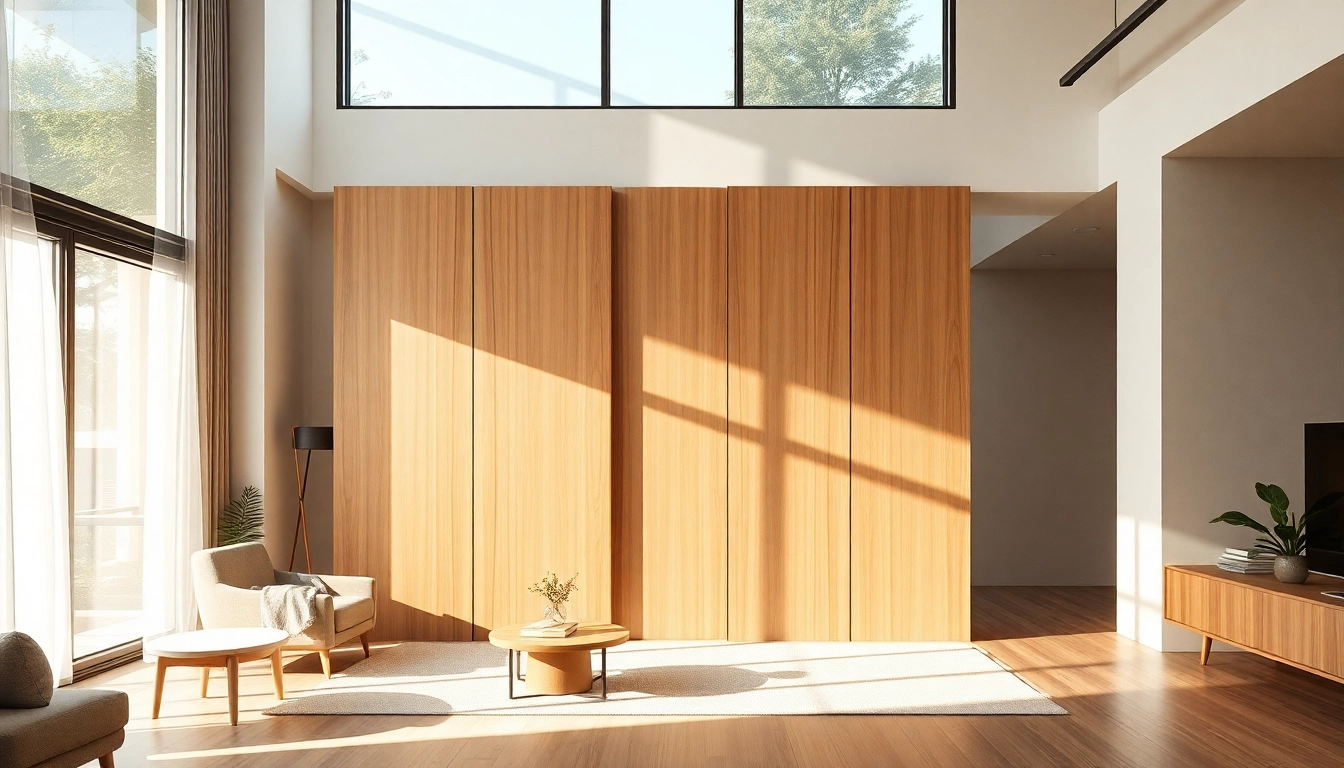

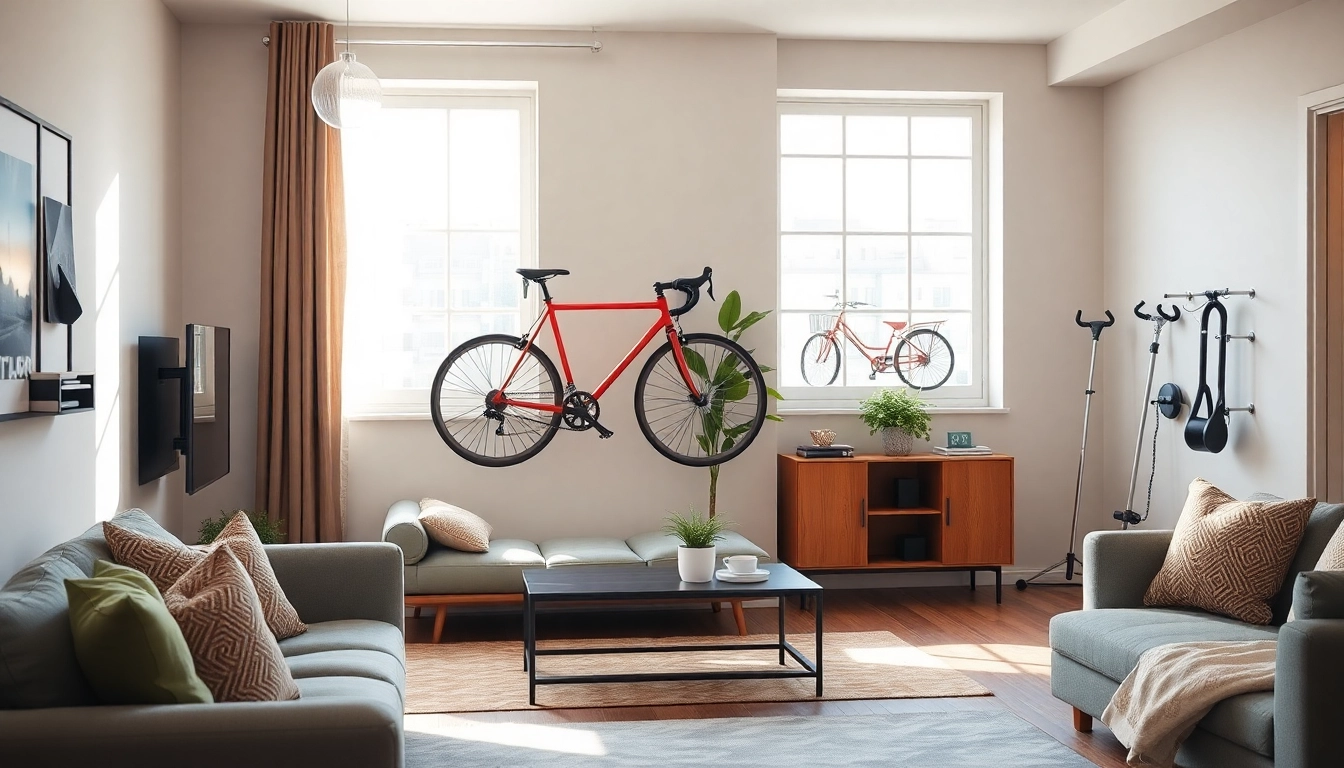
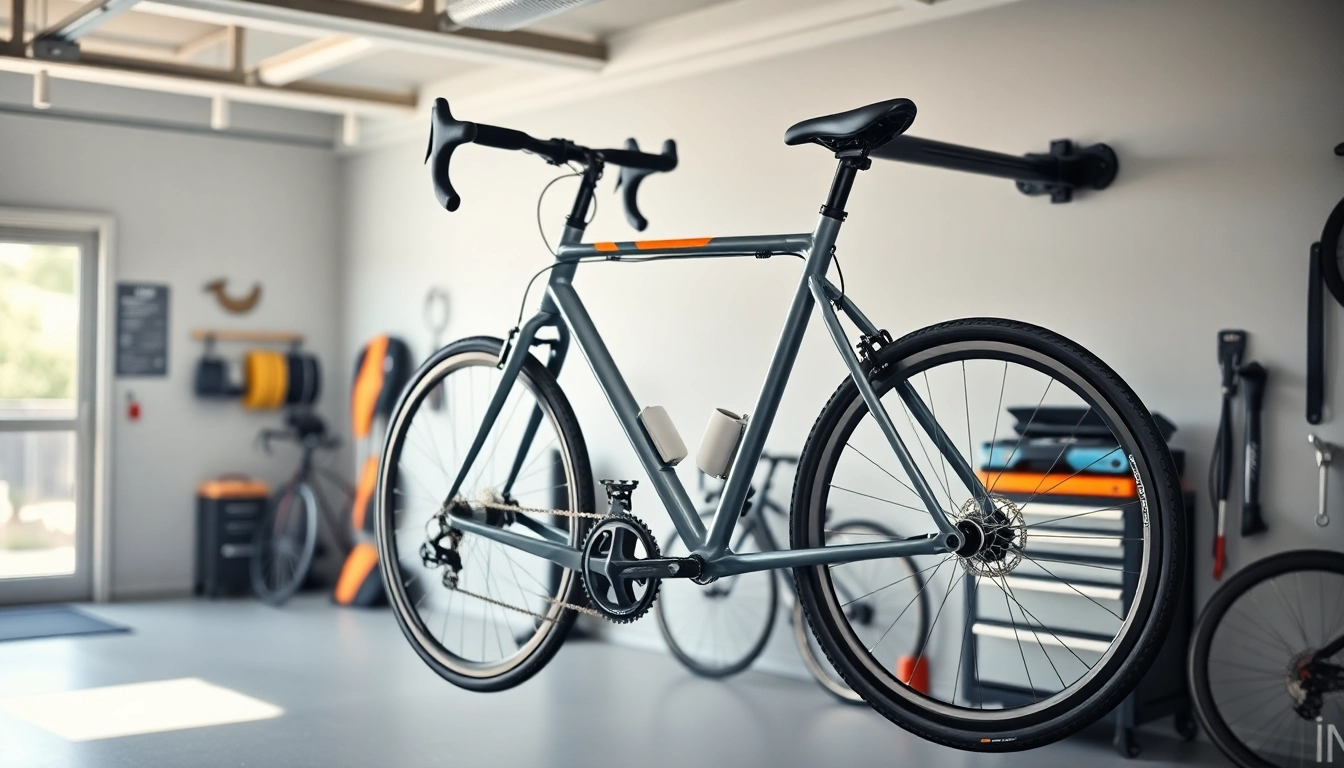
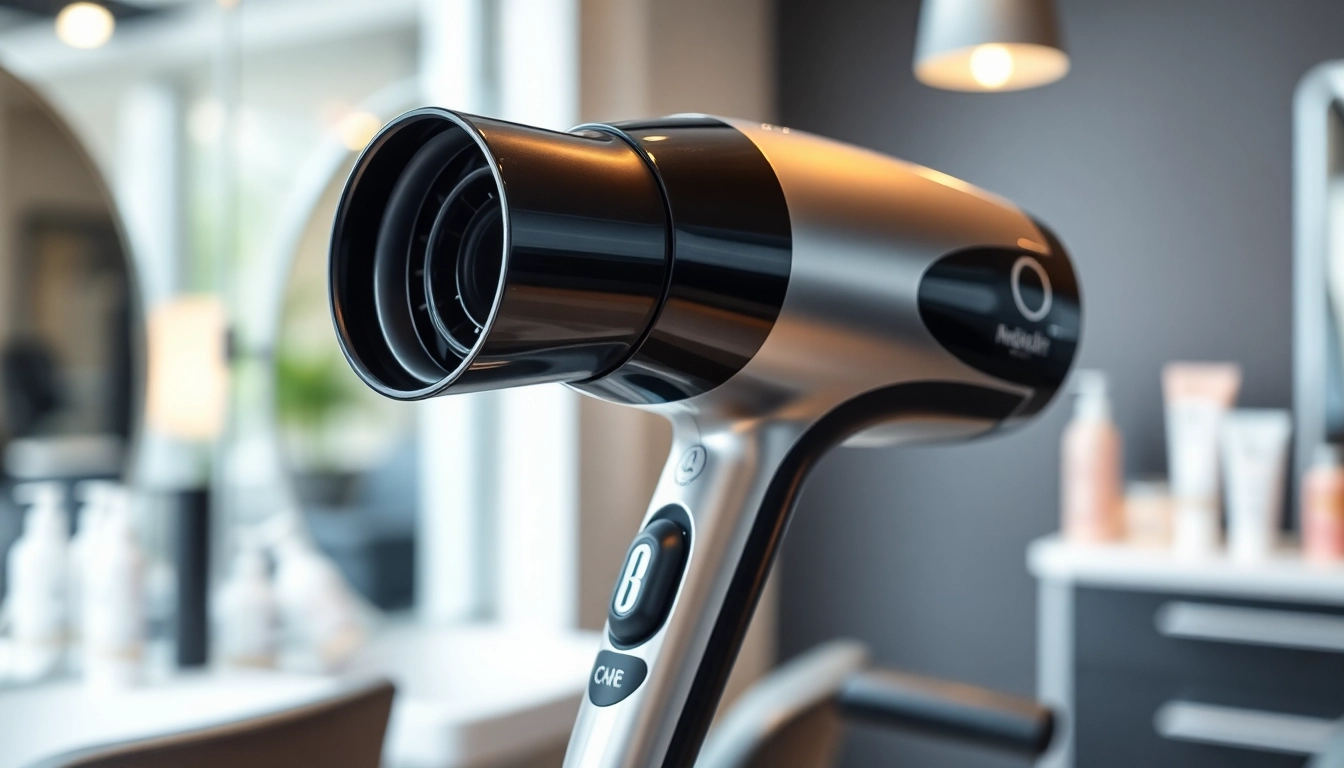

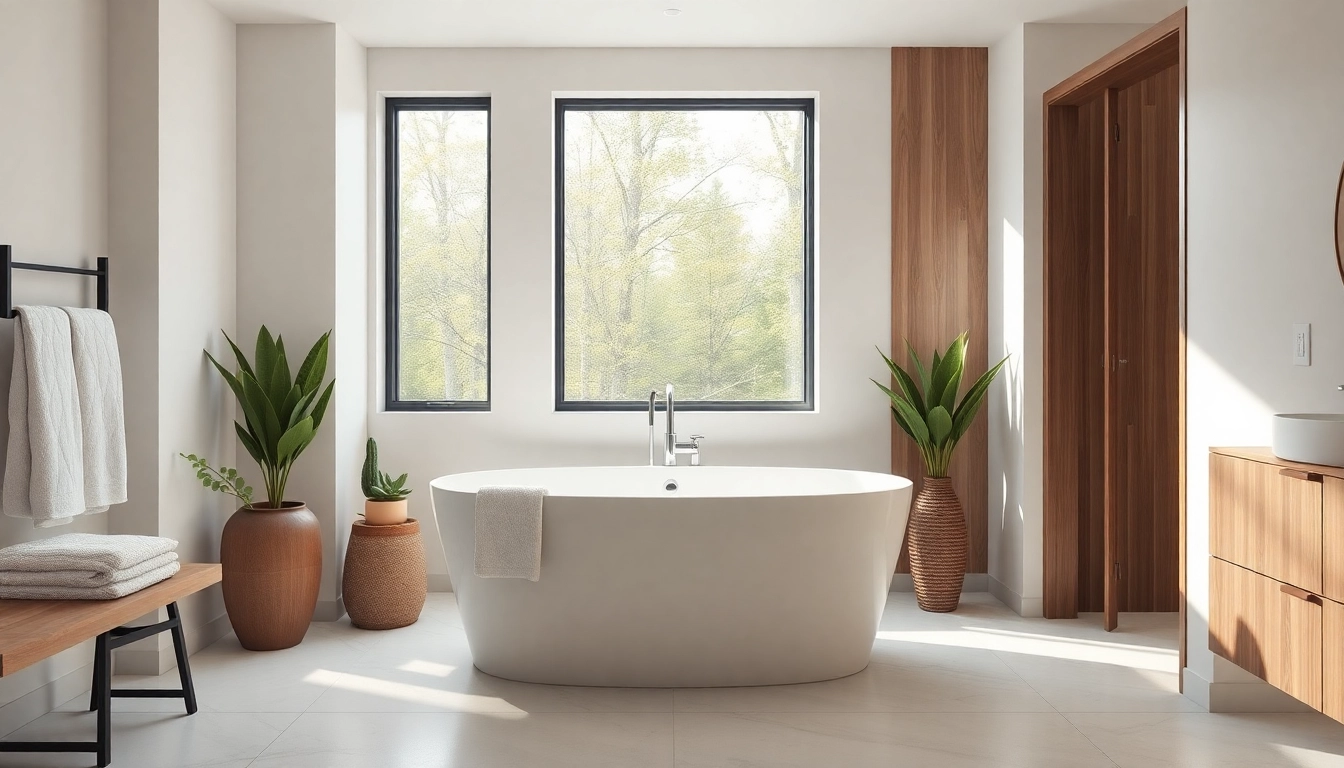
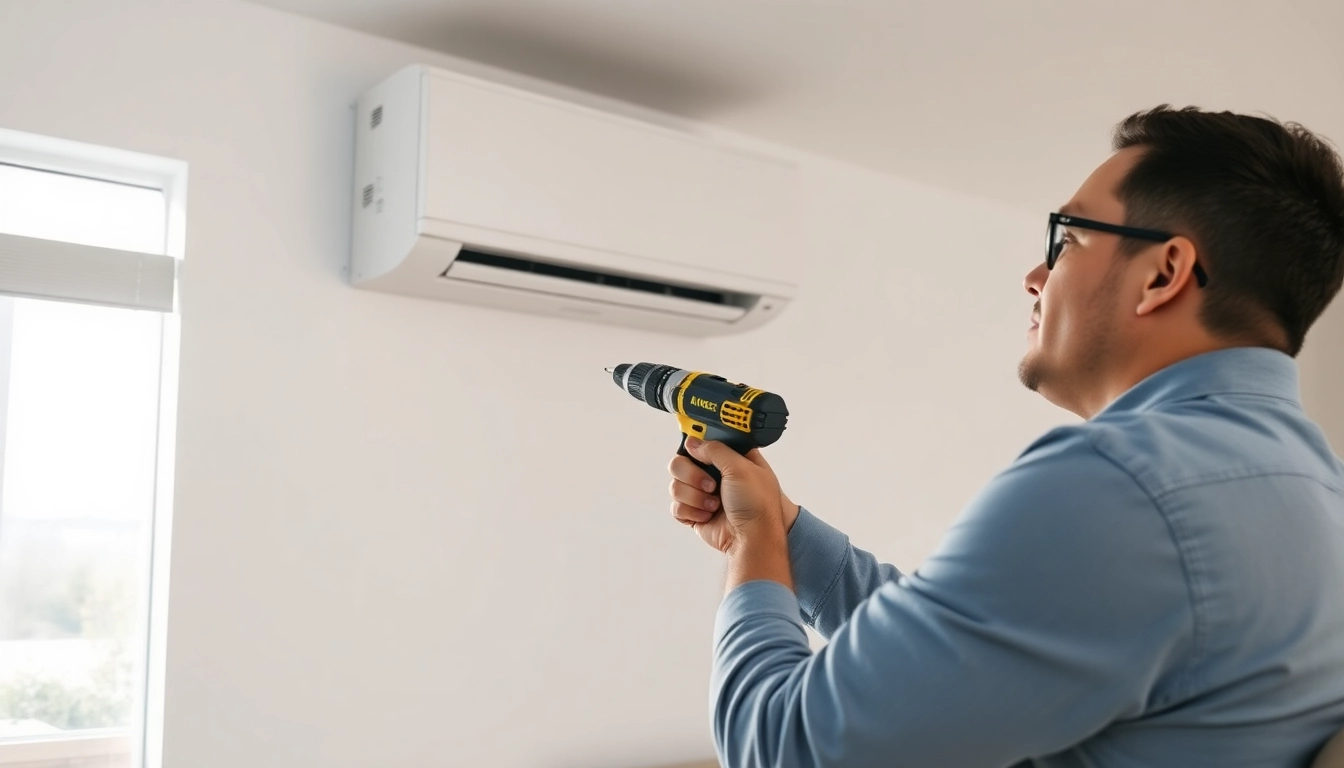




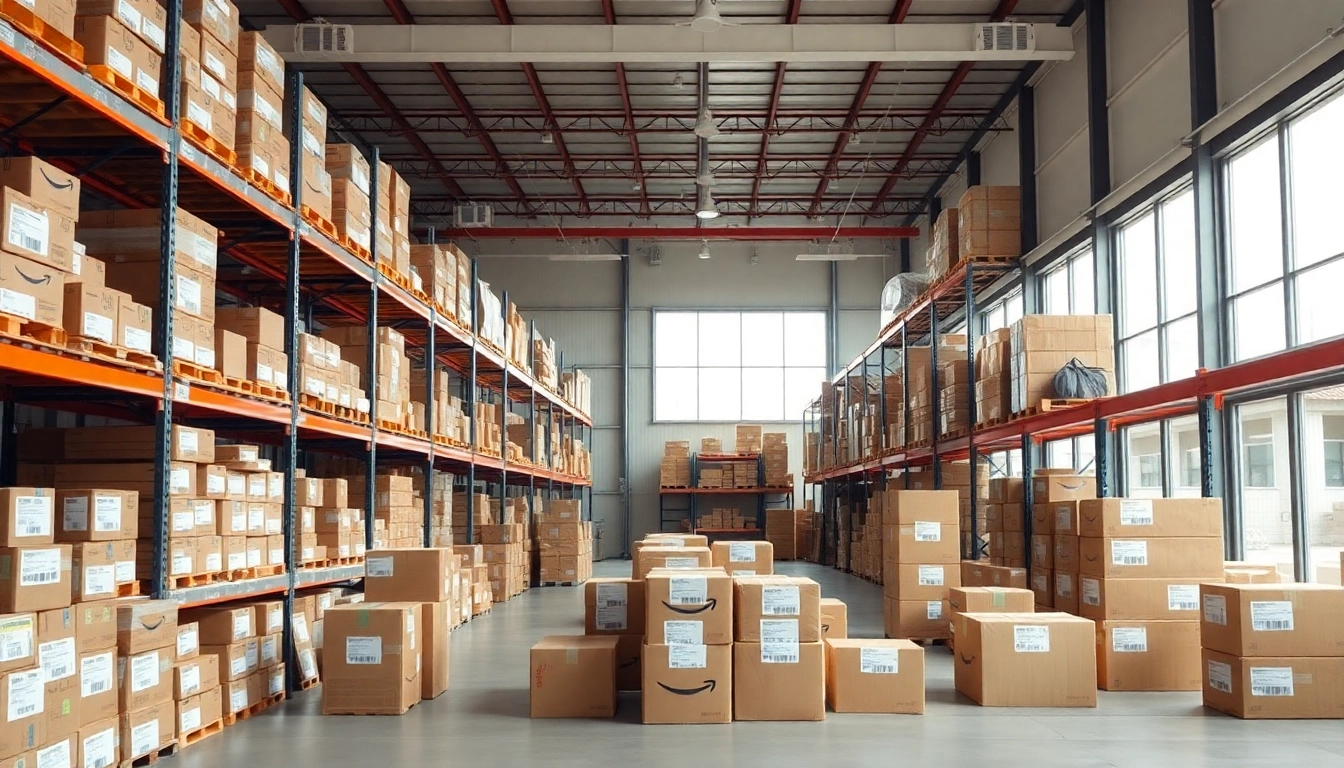
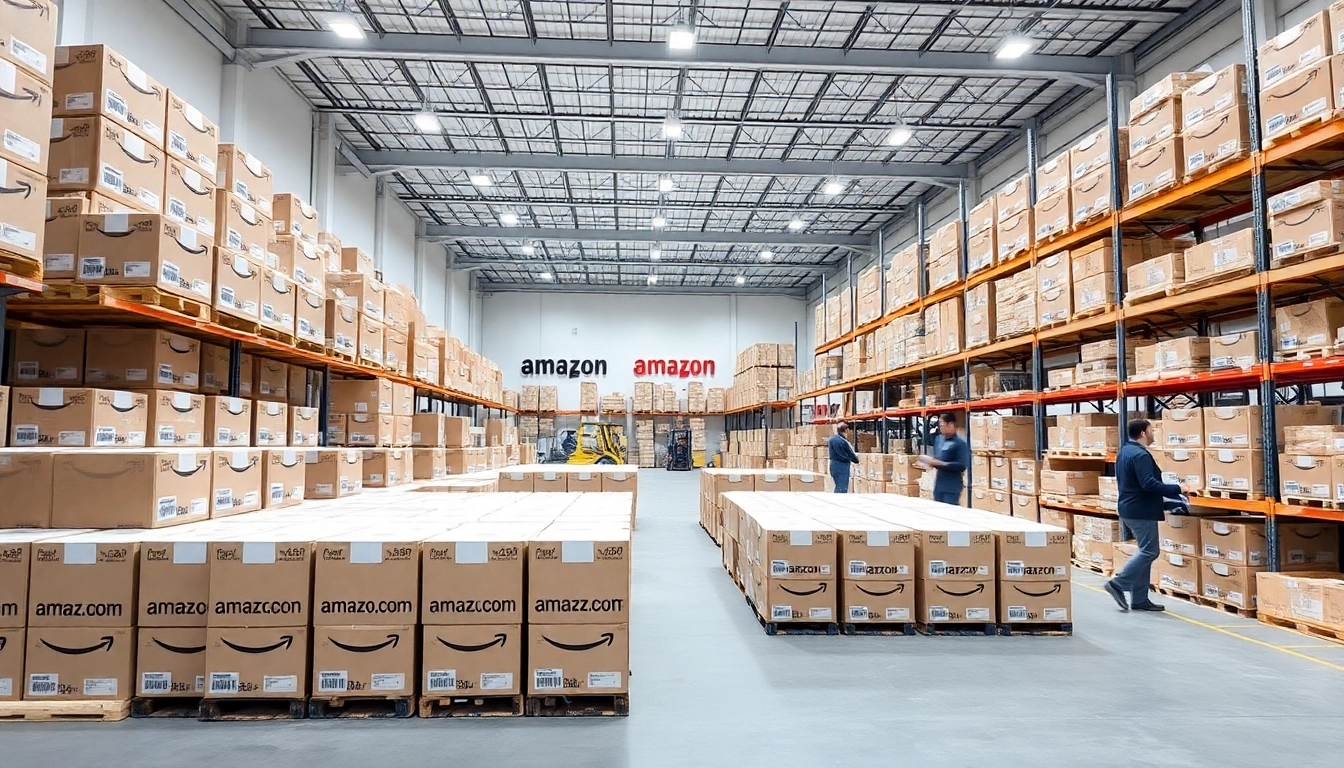

Leave a Reply